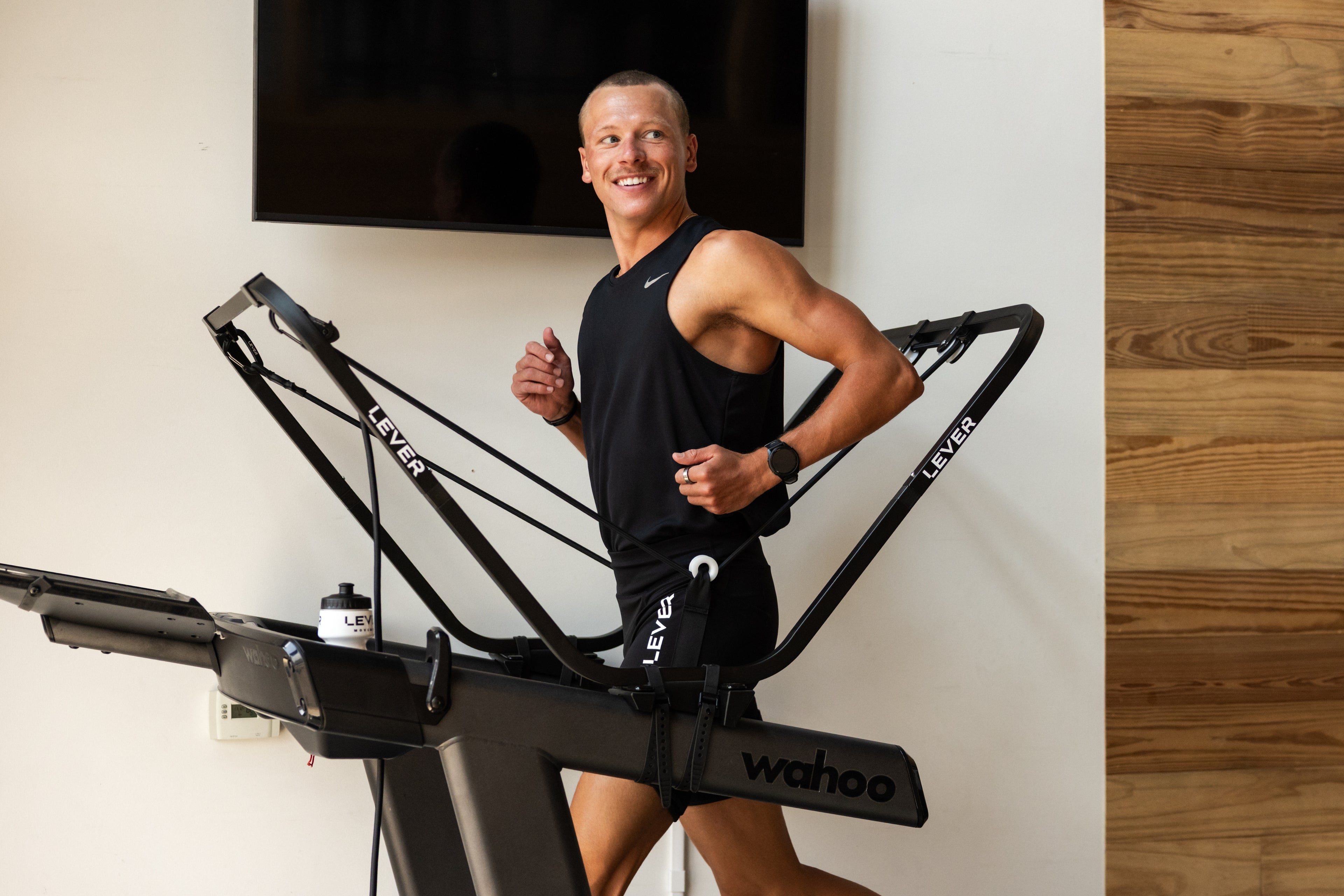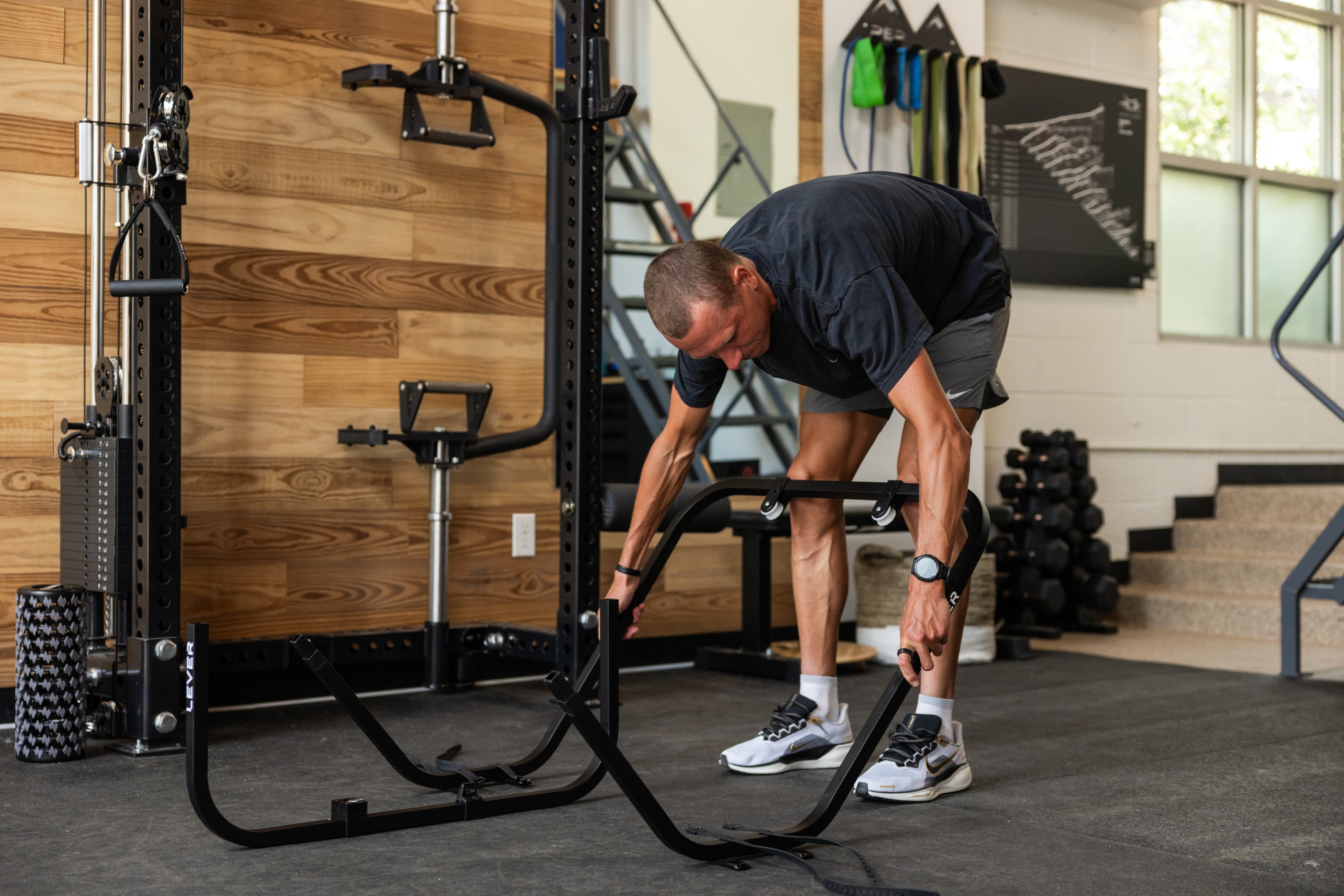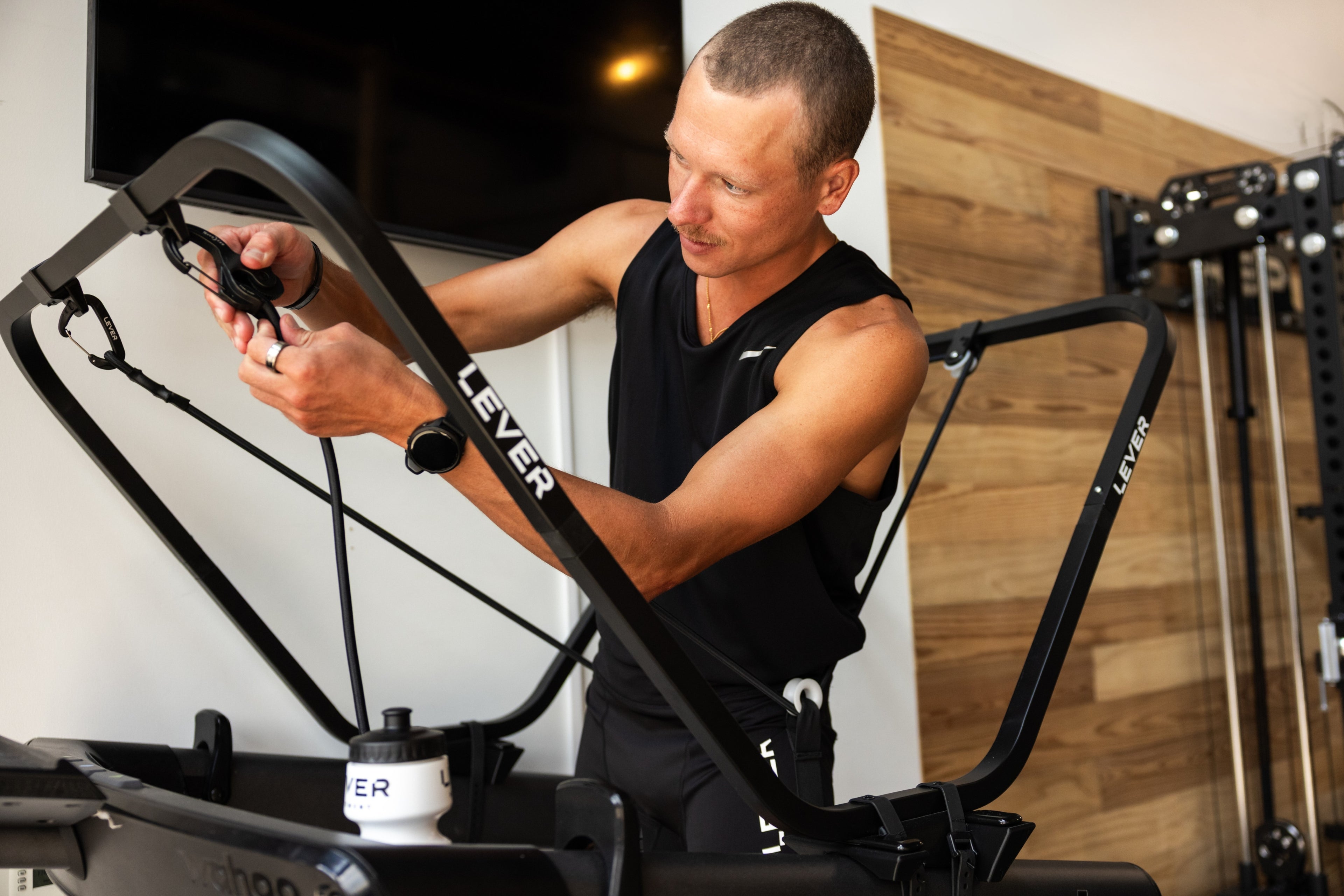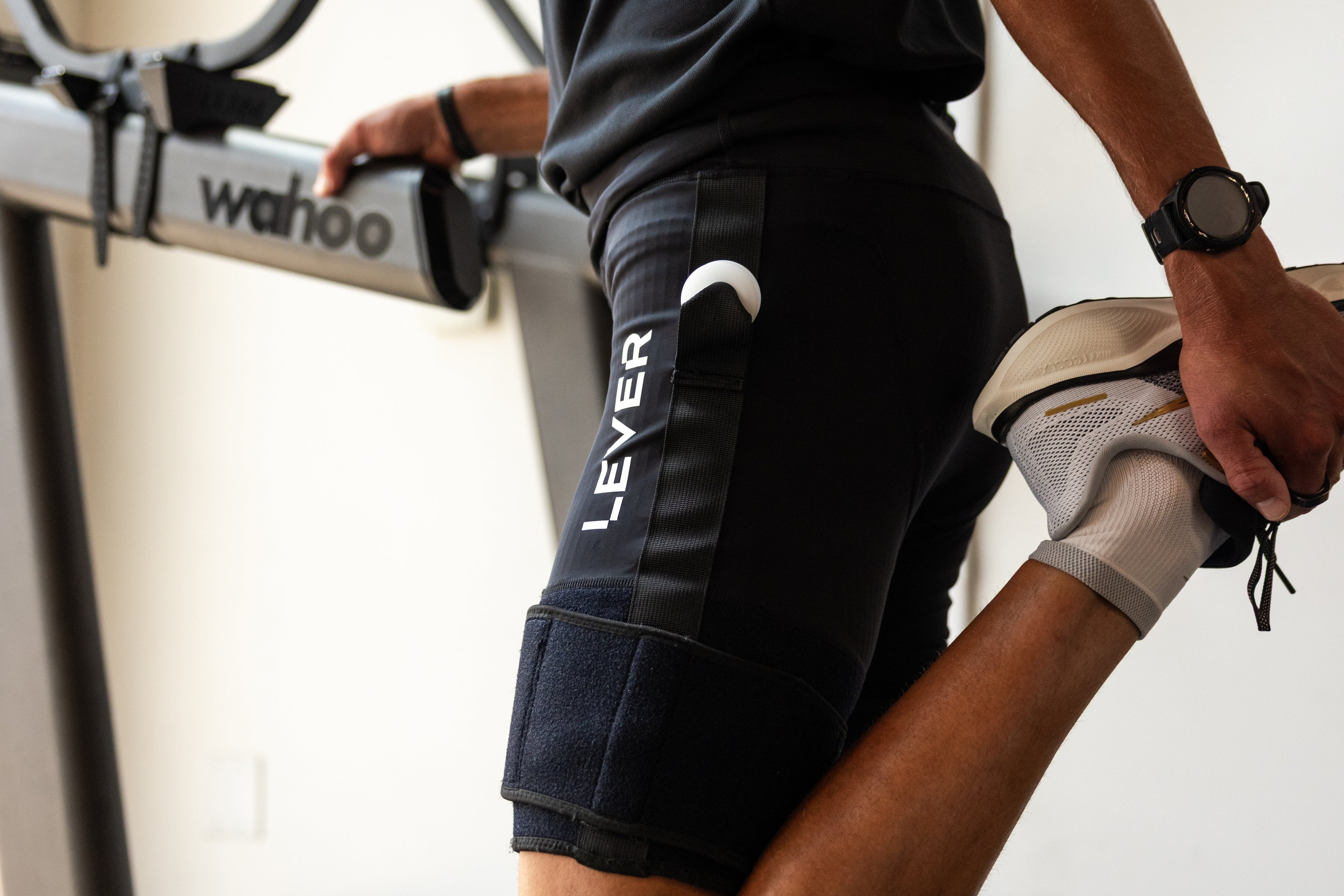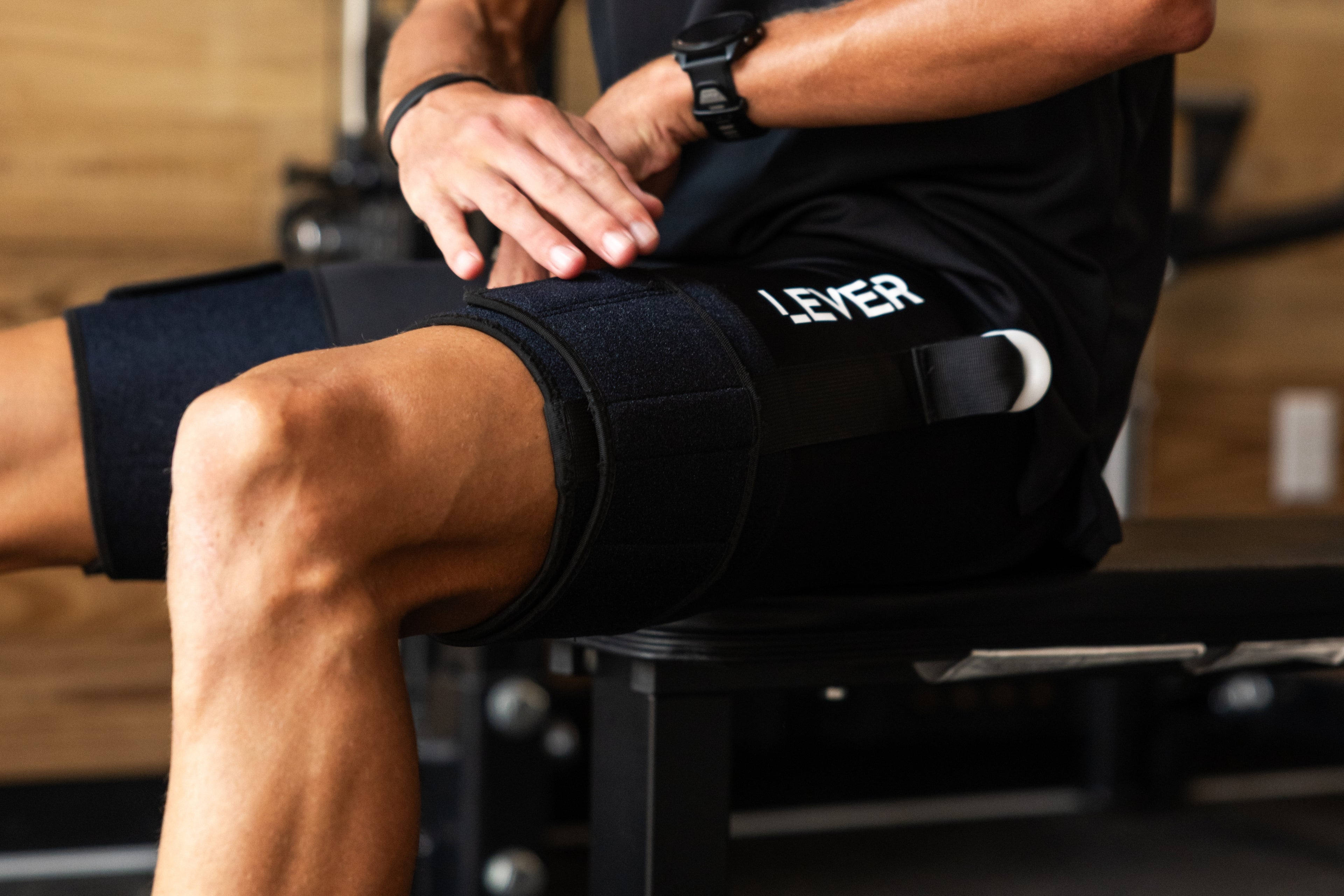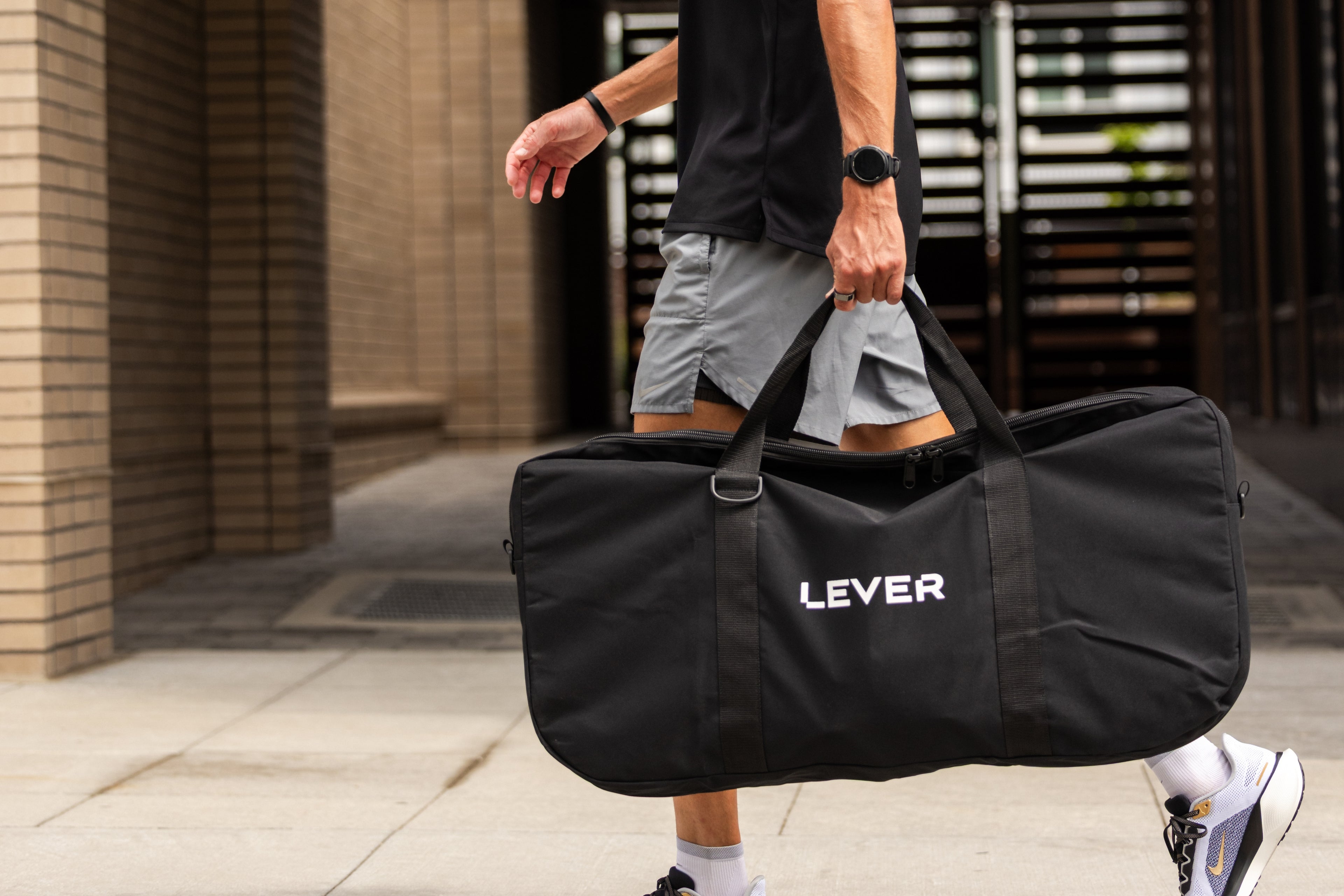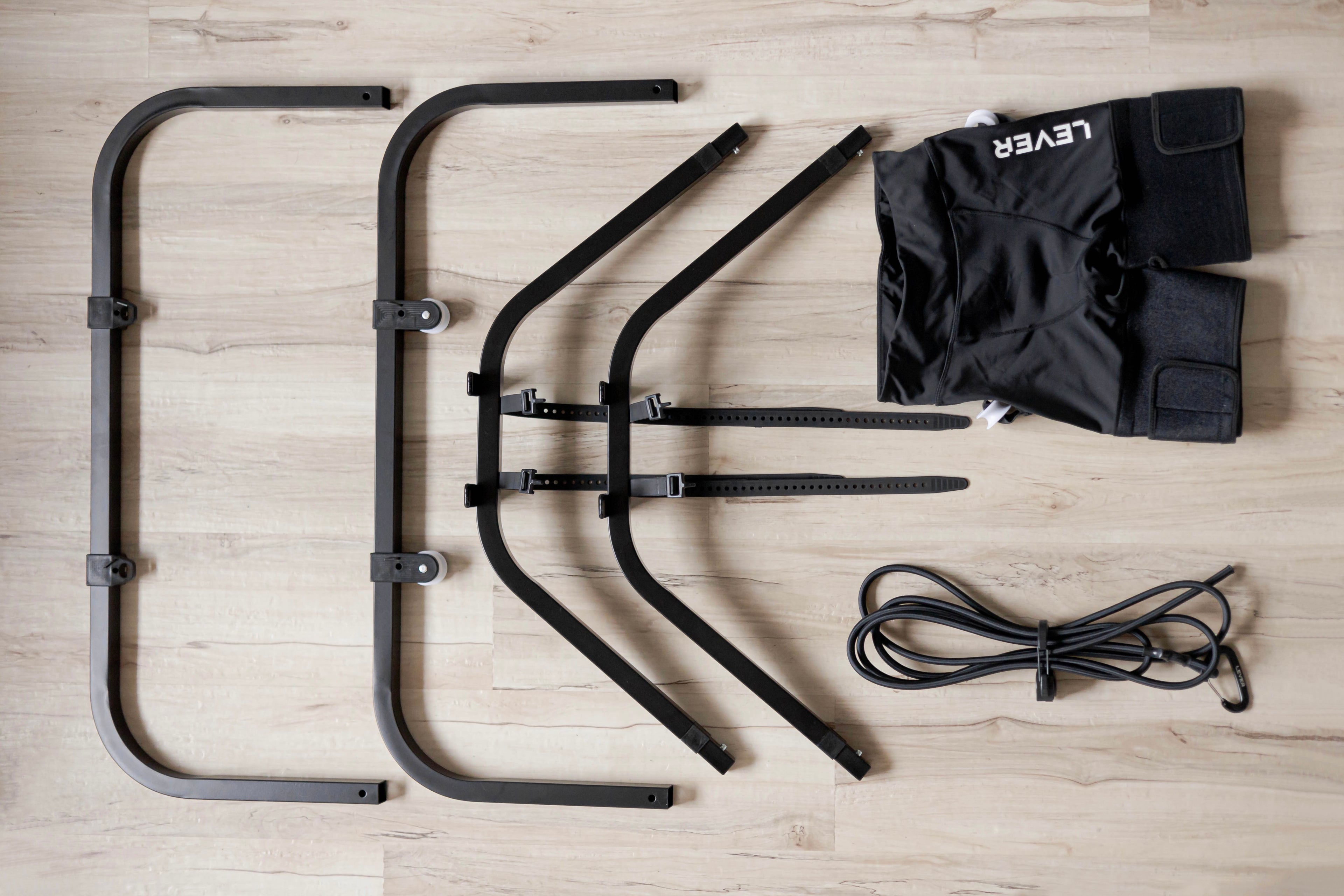Low-grade bone stress injuries (BSIs) are relatively common in athletes, especially in those participating in high-impact or repetitive stress sports like running, basketball, or gymnastics. The exact prevalence varies depending on the population studied and the specific sport, but it has been reported that BSIs can account for 2-10% of all sports medicine clinic visits. Some studies suggest that up to 20% of runners may experience a BSI at some point in their career.
Risk factors for low-grade bone stress injuries include training errors, improper footwear, poor biomechanics, and inadequate nutrition. It is important for athletes and coaches to be aware of the risk factors and signs of bone stress injuries to ensure early detection and appropriate management. Early intervention can help prevent the progression to higher-grade stress fractures or other more severe injuries.
One effective method for athletes recovering from bone stress injuries is the use of body weight support (BWS) systems, such as the LEVER system. BWS can help athletes gradually return to their sport by reducing the impact forces on the healing bone, allowing them to maintain their fitness levels and improve neuromuscular control while minimizing the risk of re-injury. By progressively decreasing the amount of body weight support, athletes can slowly increase the load on the injured bone, allowing it to adapt and strengthen over time. This approach enables a safe and efficient transition back to full weight-bearing activities and sports participation. Integrating BWS into a rehabilitation program under the guidance of a sports medicine professional can greatly benefit individuals recovering from low-grade bone stress injuries.
Criteria to Start:
- Clearance by your Physician or Physical Therapist who is helping you manage your injury.
- Having completed 4-6 weeks of rest since diagnosis and stopping running as directed by your Physician or Physical Therapist.
- Pain free walking in day to day activities for at least one week.
- Note: With any BSI, it is important to explore the underlying causes which are often multifactorial. Factors include: Relative Energy Deficiency in Sport, Low energy availability, endocrine and hormonal function including menstrual irregularities , training load errors, strength deficits, biomechanics.
*There should be no pain at the BSI site during this program. If you have pain during or after running consult your healthcare provider and regress to the previous week.
Lever Return to Run for Low Grade and Low Risk BSI
Low grade = Grade 1 and 2.
Low risk site = Posteriormedial tibia, Fibula, Femoral shaft, Pelvis, Calcaneus, Second, Third or Fourth metatarsal shaft.

Plan by Kurt Roeser:
Board Certified Specialist in Orthopedic Physical therapy.
Kurt Roeser is the physical therapist behind BOULDER RUN PHYSIO, Ability Physical Therapy's Niwot location. He is passionate about staying up to date with current research and providing high quality physical therapy care to help individuals get out of pain and improve their function in daily life and athletics.
Liability Disclaimer: This plan provides general educational information only and is not medical advice, diagnosis or treatment. The provider of this plan is not responsible for any advice or information obtained through this plan. Always consult a physician for medical questions.
Warden, S. J., Davis, I. S., & Fredericson, M. (2014). Management and prevention of bone stress injuries in long-distance runners. Journal of Orthopaedic & Sports Physical Therapy, 44(10), 749-765. https://www.jospt.org/doi/full/10.2519/jospt.2014.5334











